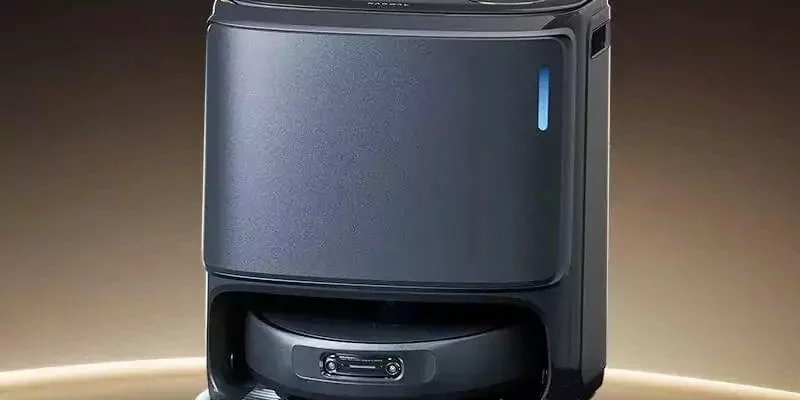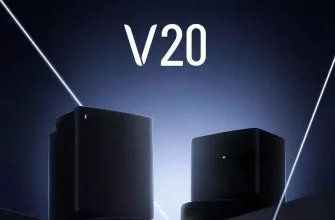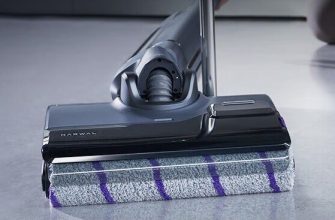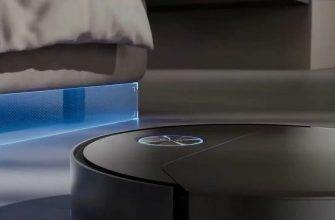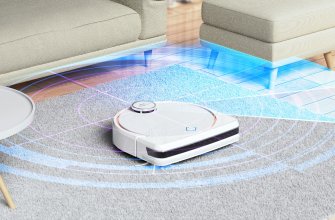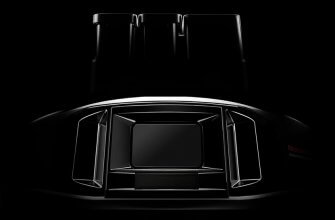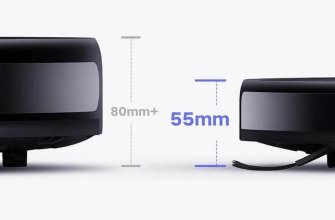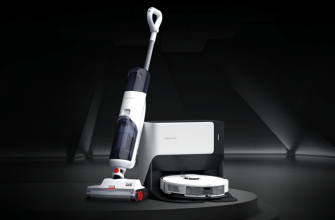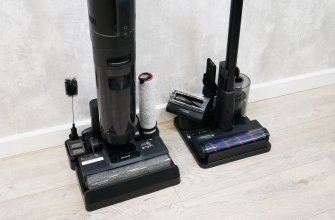Alongside the Narwal S2 cordless vacuum cleaner, Narwal introduced us this spring to its leading robot vacuum cleaner, the Narwal Xiaoyao 001 (aka Narwal Freo Z Ultra in the global version). This global version has seen a lot of upgrades from the previous Freo X Ultra. Narwal 001 is the company’s next move in their vacuum line. This robot combines design, practicality, quality and functionality all in one. Here, I’ll break down all of the improvements and features.
In terms of design, Narwal offers a unique selection of materials and colors. Choose from a range of materials such as textile, leather, chalkboard that you can write on, and wood. In addition to the panels, for the first time in Narwal’s history, there are two color options to choose from: graphite and classic white.

Now let’s take a look at the robot itself. The first new feature was a completely new object detection system. The system was based on binocular (depth) cameras and LED lighting.
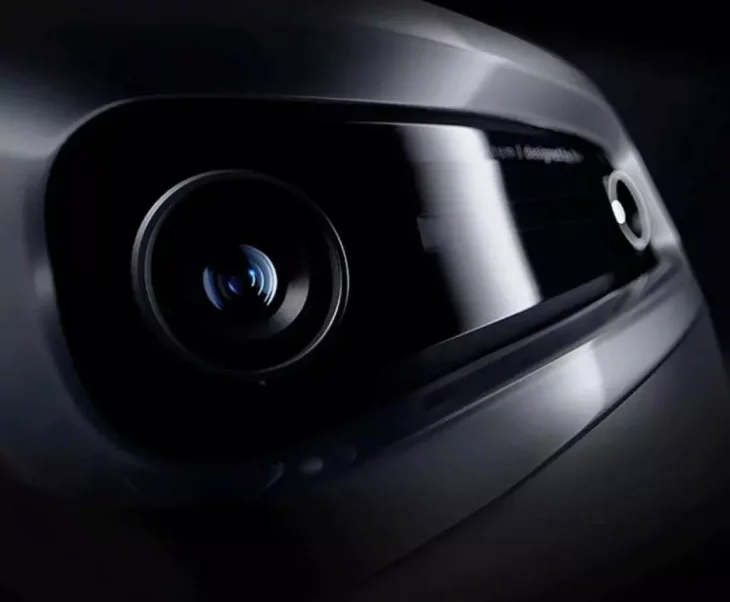
Added to the object detection system was a new wall sensor. This isn’t just a wall sensor, but a 3d laser that can determine the volume, distance and height of the object. The cherry on top is that it lets you get close to wires.
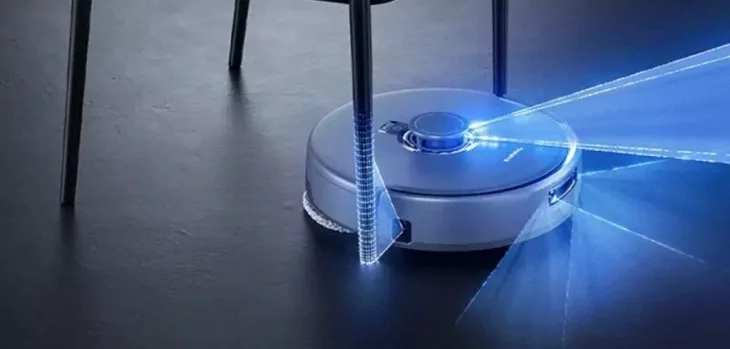
Thanks to the two cameras, the robot can see objects down to 5 mm (.19 In.) in size, and the side sensor down to 0.1 mm (.003 In.). I should add that thanks to the new cameras, the robot now has a 136 degree view of its surroundings. This is the widest viewing angle you can find in object detection systems on the market!
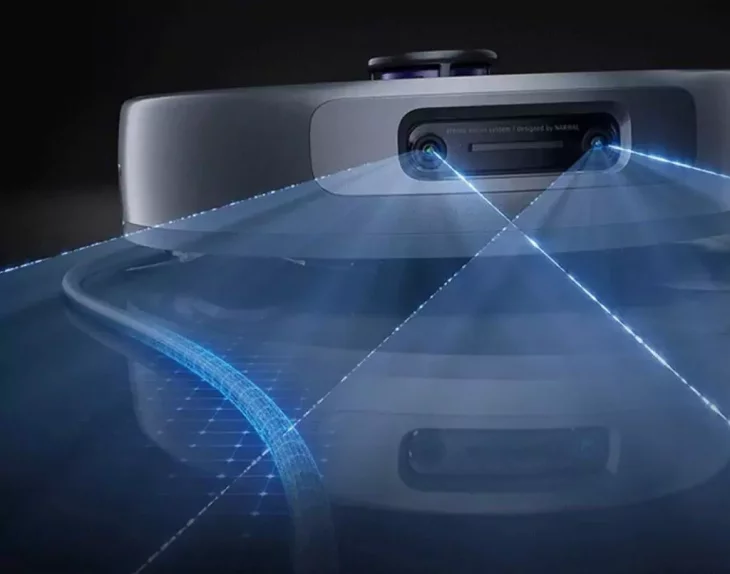
With new cameras came a new processor, which reaches 4 TOPS. With its help, the robot has learned to recognize more than 100 types of objects: dark objects, objects without texture, as well as furniture in the house that it displays on the map automatically.
As for intelligent functions while cleaning, Narwal uses its processor’s power to its max.
The robot can spot really dirty spots with dirt or liquids, whether they’re colored or clear. It also senses liquids while it vacuums so it can avoid sucking them up in the dirt container. Plus, Narwal Xiaoyao 001 can lift its cloths when it finds a lot of dirt, vacuuming first and then mopping. Similarly, while vacuuming, it can lower the mops and stop vacuuming to mop up any liquids. If it finds a tough stain while vacuuming, it’ll wet the cloths and clean the stain after it’s done with the main cleaning.
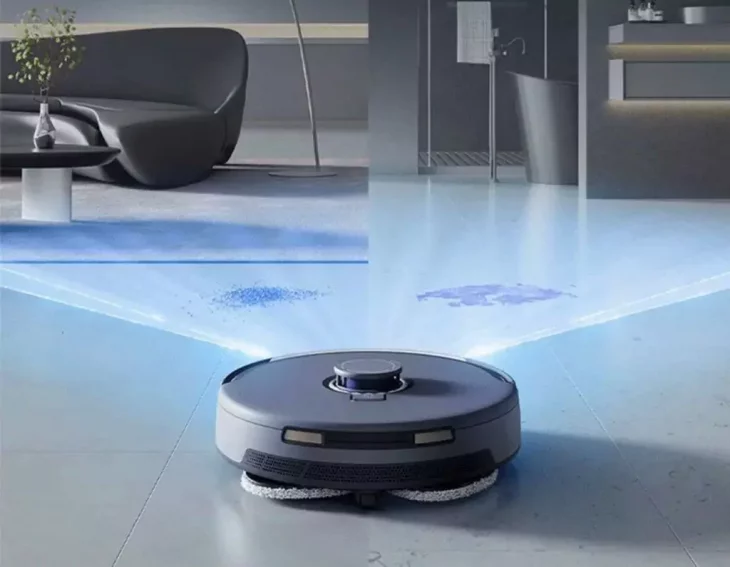
The turbo brush module also got an upgrade, with new tech called Zero-Tangle 2.0. The turbo brush itself has been redesigned, with a cone now, just like the mini turbo brush on Dyson vacuum cleaners. Hair under the air flow is moved to the tapered end of the brush, and hair just simply flies into the suction channel.
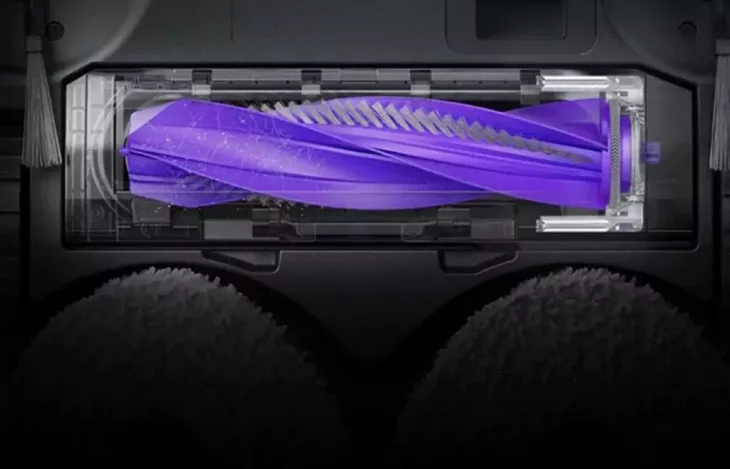
The brush is also designed to stay on carpets and floors with bristle-blade technology. The 12000 Pa suction power not only keeps your house spotless, but also detangles the brush from hair while it cleans.
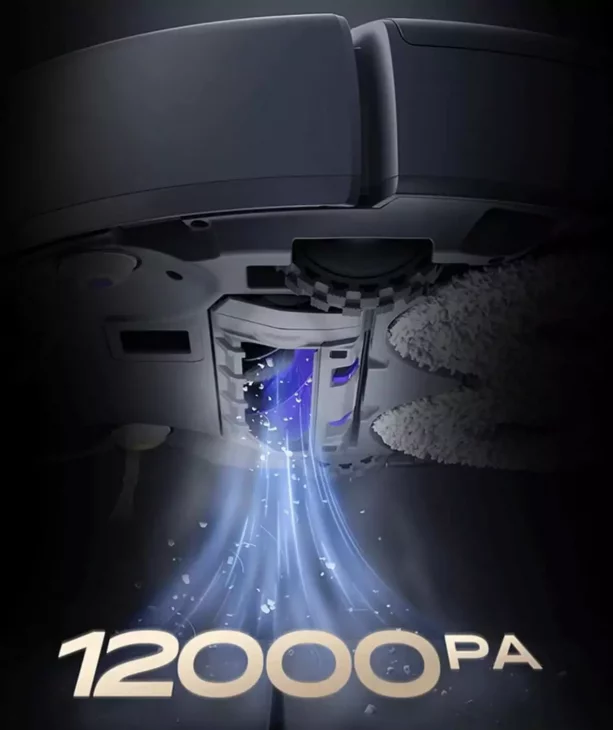
The Narwal Xiaoyao 001’s updated washing module lets it adjust the pressure of its mops on the floor, ranging from 700 grams to 1.2 kg (24-42 Oz.), based on the type of surface and how dirty it is.
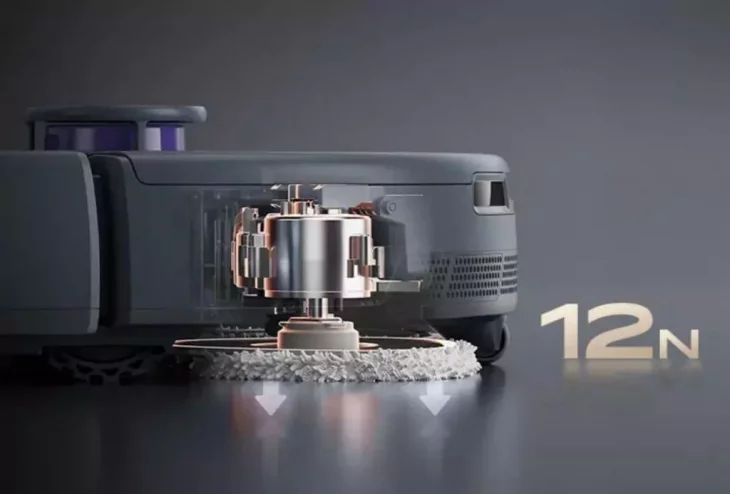
On top of that, it can even clean stains that have been dried out for up to 72 hours. And Lelo’s patented triangular cloths leave no gaps while washing both the floor and along the baseboard. The cloths are made of a special antibacterial microfiber to help prevent mold.
They’ve upgraded the dirt container too. Now, you don’t have to worry about keeping it clean. The robot comes with a reusable liner that you can wash if it gets dirty. But if you don’t want to deal with it, you can just toss the liner away. This way, you barely have to touch the dirt.
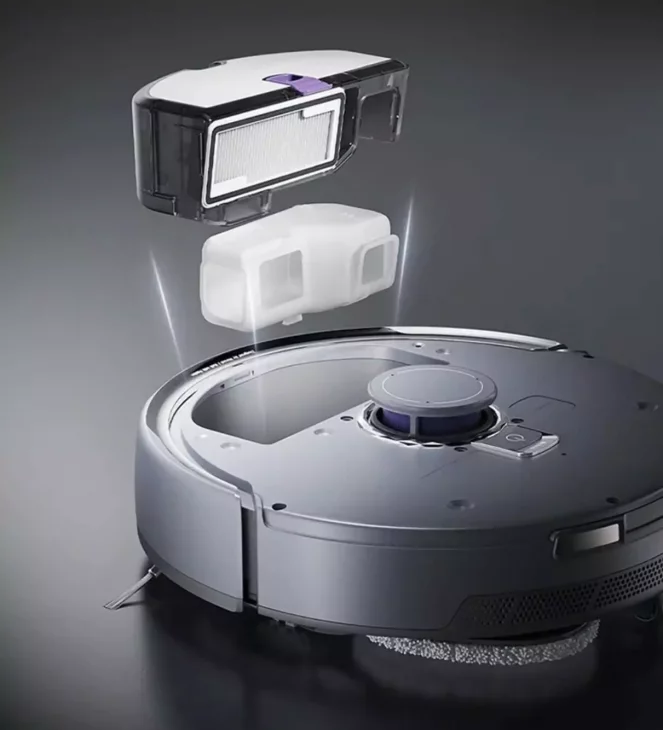
The station also got a lot of updates:
- Water disinfection module by electrolysis.
- Self-cleaning for the robot’s dirt container.
- Wipe washing not only based on how dirty the wipes are, but also for deep washing at the end of the cycle with hot water from 45 to 75 degrees (113-167 Fahrenheit).
- Drying the dirt bag and container with warm air.
- Ultraviolet disinfection system for the vacuum’s bag.
- Spa system for wood flooring.
- Detergent cartridge.
- Cloths are dried with warm air.
- Self-cleaning of the suction vent.
Let’s go into more detail and break some of them down.
The first function is water electrolysis. Narwal gave the robot station a separate water electrolysis module. It was added to disinfect the water and prevent it from getting blocked inside the containers. It kills 99.99% of bacteria in the water, and has been certified by the China Home Appliance Research Institute CHCT, the certifiers for mother and child home appliances.
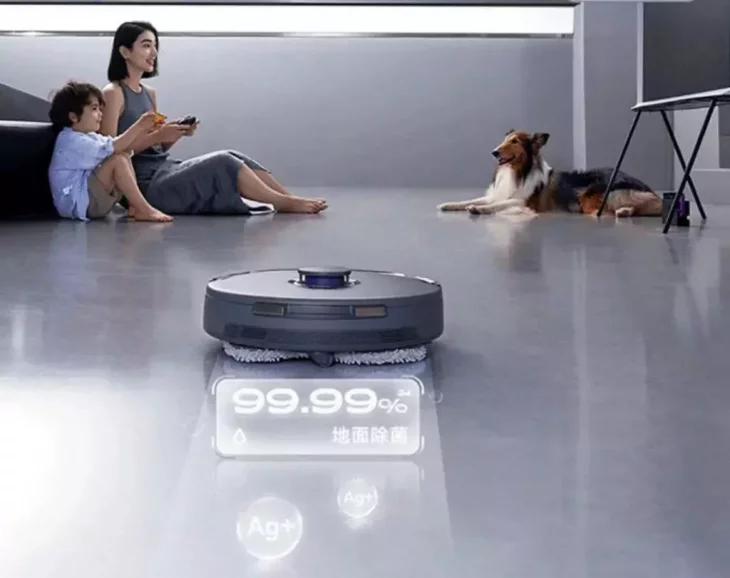
The second cool feature is dynamic wipe washing, similar to the Dreame X40 Pro Ultra. The robot slowly heats up, starting at 45 degrees and going up to 75 degrees (113-167 Fahrenheit.).
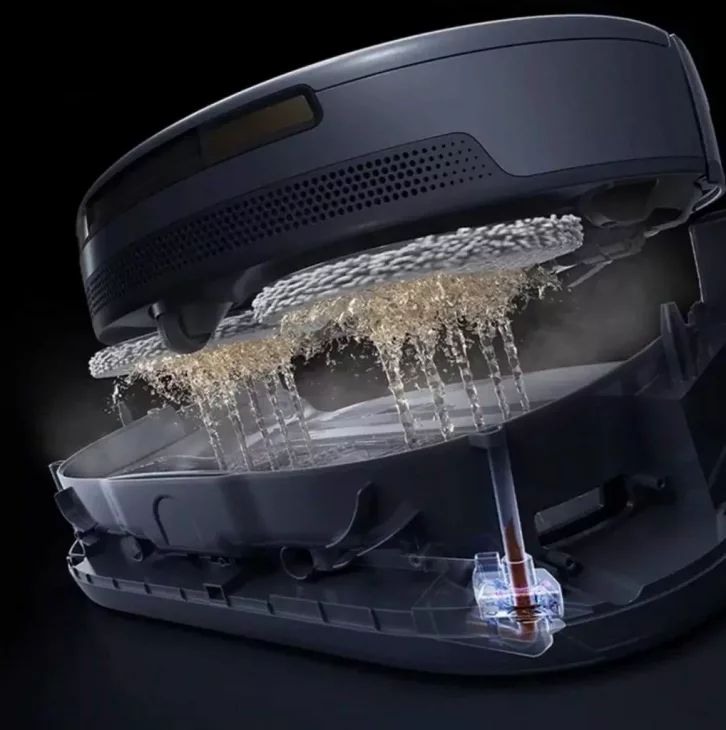
The wipes are cleaned in 3 steps:
- Stage 1: 45 degrees (113 F.). In the first stage, called “soak” mode, the robot starts washing some of the dirt off the cloths and begins tackling tough stains.
- Stage 2: 60 degrees (140 F.). Next, the robot actively scrubs away all the dirt and rinses the cloths.
- Stage 3: 75 degrees (167 F.). In the final stage, the robot gets rid of any remaining dirt and sanitizes the cloths.
So, the new dynamic wipe washing system not only cleans the wipes better while the robot is working but also before and after.
Another cool feature is the drying system for the bag in the station, the self-cleaning suction vent, and the dirt container. The robot dries everything with warm air at 45 degrees (113 F.). It also uses UV light to disinfect the bag after cleaning, killing 99.99% of bacteria.
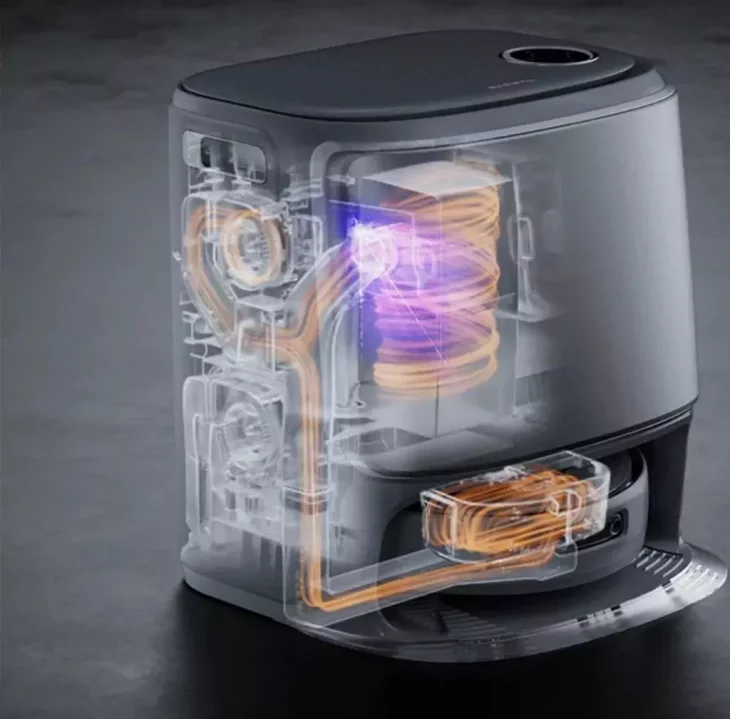
The last major change in the station is the Spa mode for wooden floors. Here’s the idea: there is a special separate cartridge which is inserted next to the detergent cartridge. It get your floor shiny again, adds a protective layer and prevents scratches. The cartridge can be purchased separately, but some sets include it automatically.
But the main feature of the robot is a new AI system based on NarGpt’s own development.
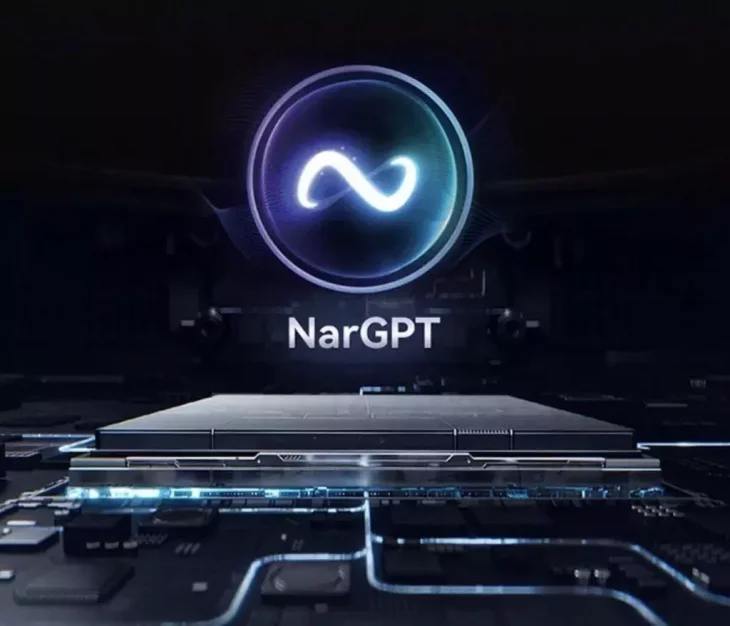
This voice assistant can understand casual commands, like cleaning specific spots, areas, or near certain objects, as well as different cleaning tasks. It can also multitask, for example, “Vacuum the kitchen first, then vacuum and wash near the couch, and just wash the bathroom.” What’s really cool is that you can talk to the vacuum like a voice assistant, like Yandex Alice, but it also uses neural networks and can respond like ChatGPT. You can ask it about its status and any errors. If there’s a problem, it’ll explain how to fix it and give you step-by-step instructions.
It also uses AI while cleaning. Say a dog is laying on a carpet, and the vacuum got all the spots around it. Once the dog leaves, the robot will come back and clean the area it missed. This works not only with pets, but also with large objects: bags, suitcases, people, household items, etc. The possibilities are endless!
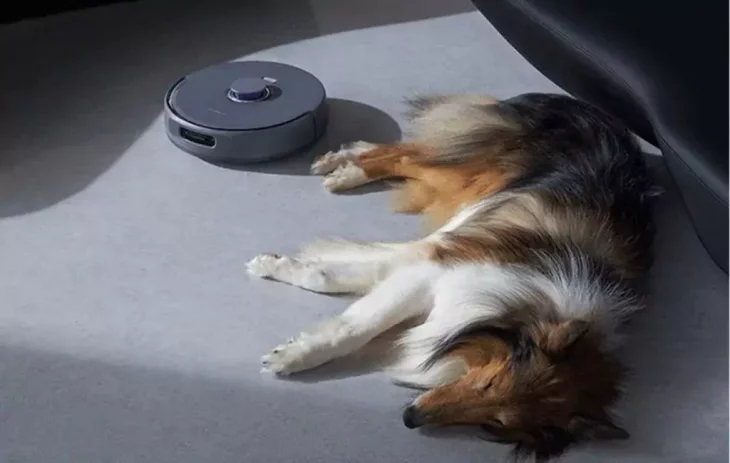
Freo mode has been updated to version 3.0, just like Narwal’s CleanGenius, Dreame’s SmartPlan, and Roborock’s systems.
Heres some more cool features: the robot’s volume doesn’t go over 60 dB in max mode and 55 dB when cleaning floors. The dirt container’s self-cleaning now has noise isolation, keeping it below 70 dB. It can lift the wipes by 12 mm (.47 In.) when driving on the carpet and can even check how dirty the water is. It also has a feature to come back and rewash really dirty spots. The bag in the station holds 2.5 liters (.66 G.) of dirt and, thanks to its special design, it compresses it to give you enough space for up to 120 days.
What else we know about Narwal Xiaoyao 001:
- There is a remote home monitoring function.
- The robot can go over obstacles up to 20 mm (.78 In.) in height.
- The volume of tanks in the station for clean water is 5 liters (1.32 G.), and for dirty water is 4.5 liters (1.18 G.).
- The station’s measurements are 430.8*462*426.8 mm (16.9x18x16.8 In.).
- You can hook up the station to the utilities with a special kit.
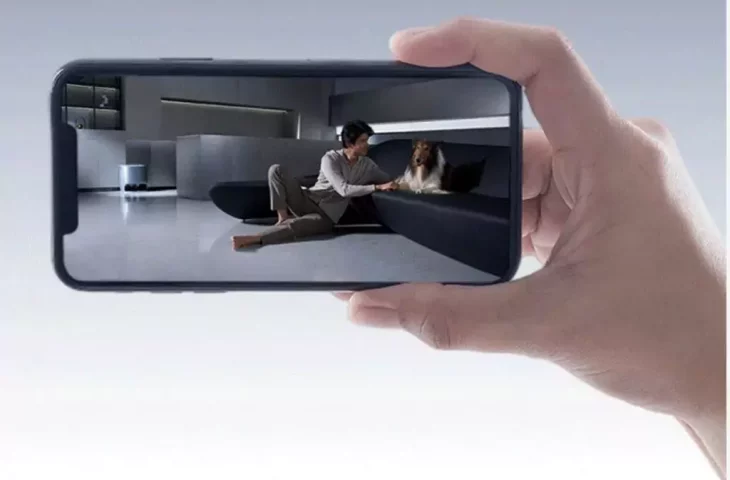
And the last improvement was the addition of a special brush that you can attach to wipe the baseboards from dust.
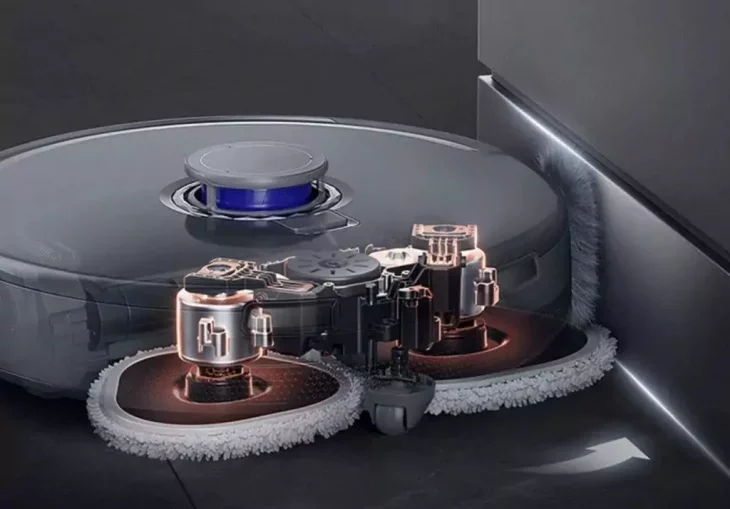
The price of the robot in China is 4999 yuan (~ 705 USD). This technological feat is already available in China.

